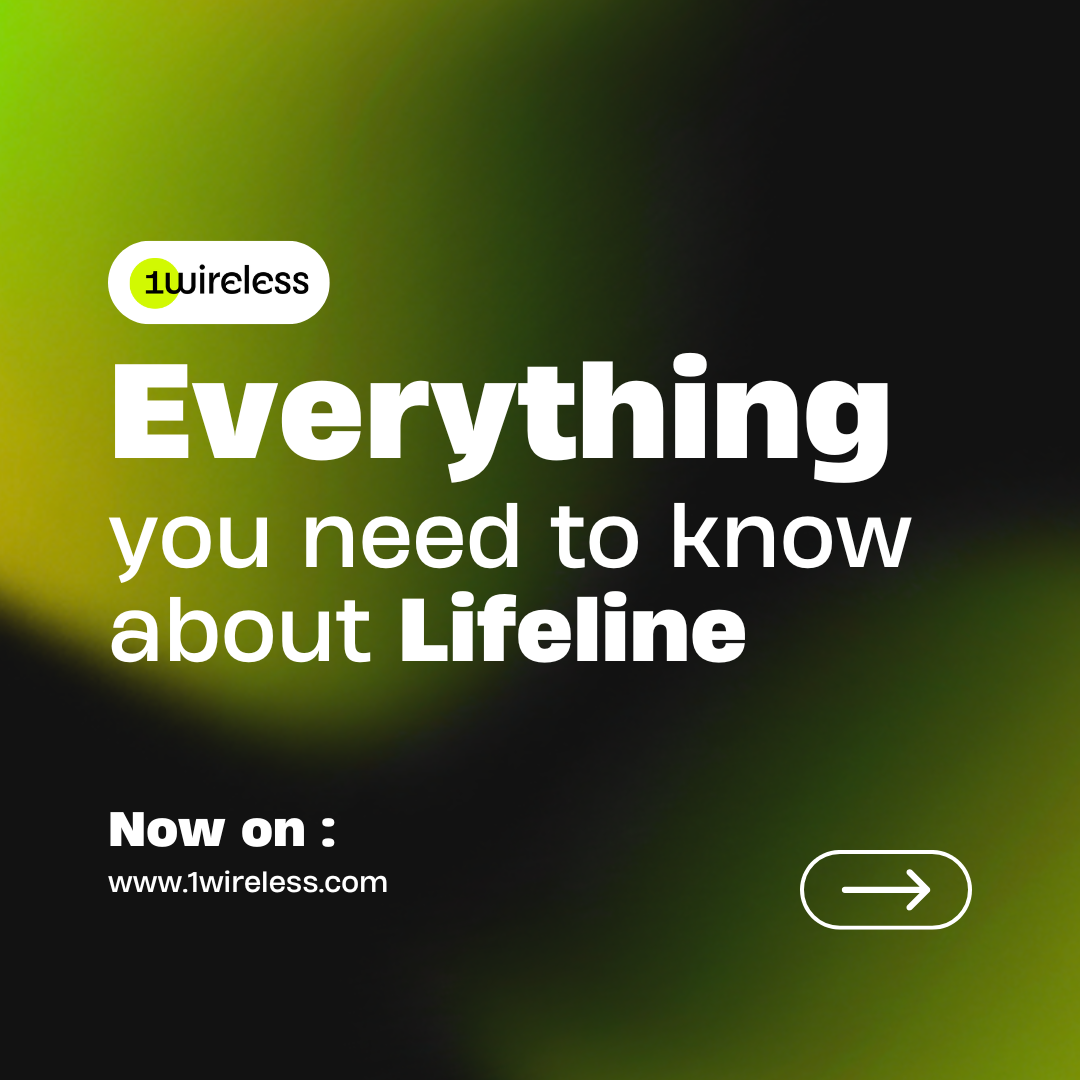Lifeline is a federal program designed to make internet services more affordable for low-income households in the United States. The program offers eligible consumers a monthly discount of up to $9.25. For those living on Tribal lands, the discount is enhanced, providing up to $34.25 per month.
The Universal Service Administrative Company (USAC) manages the Lifeline Support Center, which assists applicants to understand the eligibility requirements, applying for the program, and maintaining their benefits through an annual recertification process. Here’s how the program works:
How Lifeline Works
- Qualify
- Application Process: You must apply to confirm your eligibility for the Lifeline program. Eligibility is based on your income or participation in specific government assistance programs.
- State-Specific Information: Residents of California, Oregon, or Texas should check with their phone or internet company or visit their state website for application details.
- Application Methods: You can apply for Lifeline online, by mail, or through a participating phone or internet company. The application will require your full name, date of birth, the last four digits of your Social Security Number or Tribal identification number, and your home address.
- Sign Up
- Choosing a Provider: Once approved for Lifeline, you need to select a phone or internet company that offers the Lifeline benefit and sign up for service with them. If your provider participates in the Lifeline program, you can ask them to apply the benefit to your existing service.
- Enrollment and Service Management: The phone or internet company will enroll you in the Lifeline program, manage your service, and handle any questions you may have regarding your service, device, or bill.
Keeping Your Lifeline Benefit
Lifeline consumers must recertify annually to maintain their benefits. It’s also essential to keep your information up to date to ensure continuous service.
Comparing Lifeline with the Affordable Connectivity Program (ACP)
The Affordable Connectivity Program (ACP), initially created to help households struggling with internet access during the COVID-19 pandemic, provided significant support for internet services. It was instrumental in assisting many families to stay connected for essential activities such as work, education, and healthcare. However, the ACP was a temporary measure and has since ended.
In contrast, Lifeline is an ongoing federal program that offers vital assistance to low-income households. While the ACP provided a broader range of benefits during its operation, Lifeline remains a crucial resource for maintaining connectivity, ensuring that even after the ACP’s conclusion, low-income families still have access to affordable phone and internet services.
Learning More About Lifeline
For more information about Lifeline, including how to apply and maintain your benefit, visit the USAC Lifeline Support Center or the FCC’s Lifeline program page. These resources provide comprehensive details and support for applicants and participants.
By understanding and utilizing the Lifeline program, eligible households can significantly reduce their phone and internet expenses, ensuring they stay connected and access essential communication services, even without the ACP.
